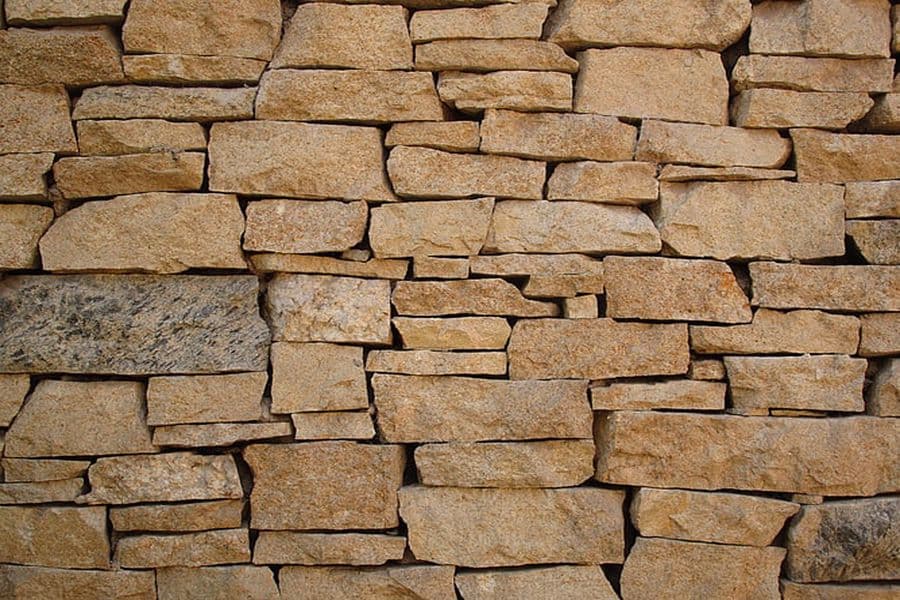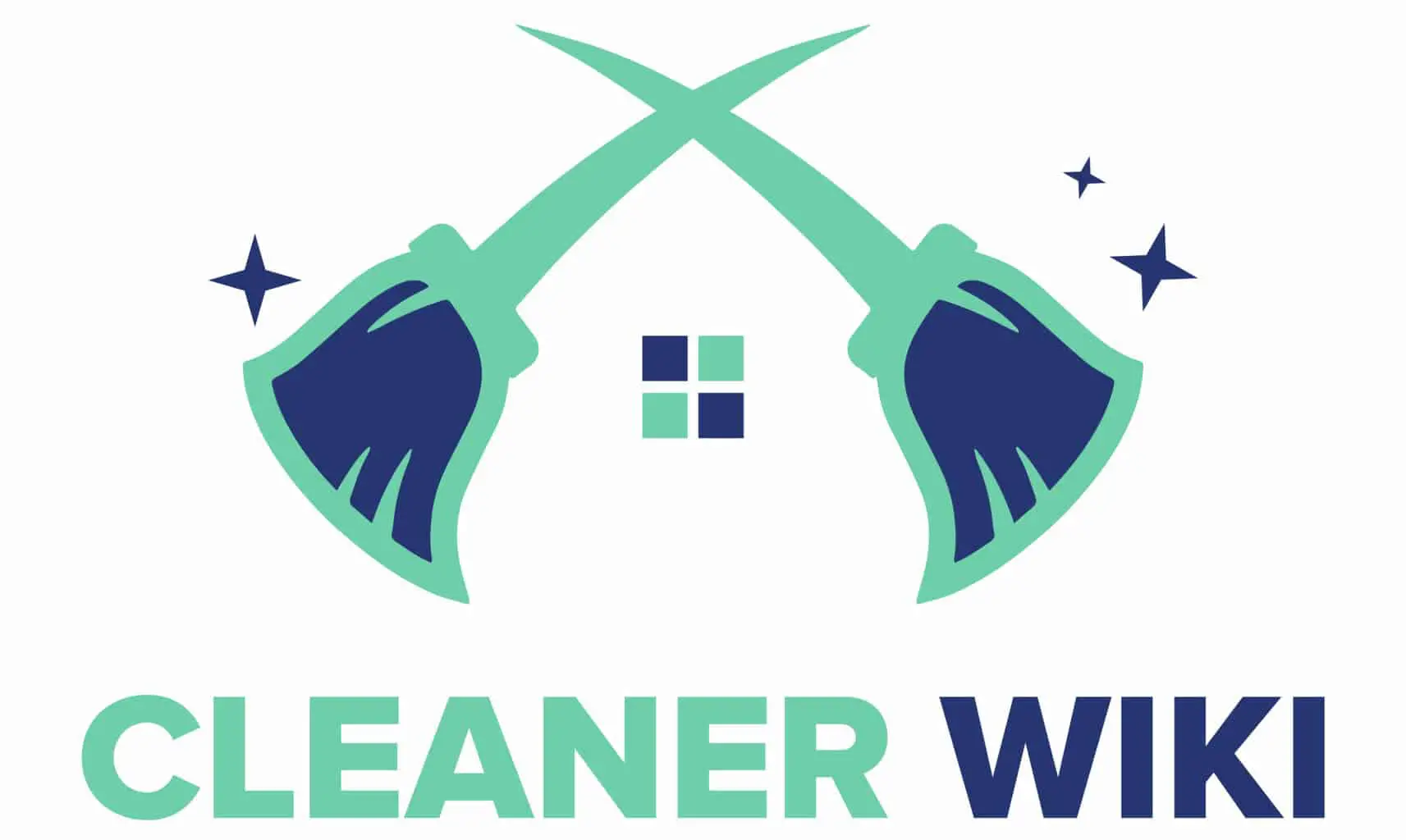As an Amazon Associate we earn from qualifying purchases.
Cleaning sandstone walls need not be messy and a task you dread approaching. Here are some of the effective ways to help you learn how to clean a Sandstone wall.
How To Clean A Sandstone Wall
There are two excellent ways of going about it:
Method 1: Using A Cloth And Soap For Light Cleaning
Sandstones have a porosity and diagenesis aspect, ranging from 5.0 MPa to 150 MPa. Therefore, it requires deep cleaning. Hence, here is the first method to give you a basic cleaning routine for your sandstone walls. Follow the steps, and you will learn the right ways of using them.

Step #1: Get All The Debris And Dirt Off The Walls
In the first step, you need to ensure that the sandstone wall surface has gone through basic cleaning. It is essential before going ahead with deep cleaning. Getting rid of debris and dirt will make intense cleaning even more manageable.
Use a duster or a brush to wipe the sandstone walls clean. After wiping the walls, you can go ahead and use the vacuum cleaner to remove that dirt and debris entirely from your premises.
Step #2: Use Damp Cloth To Wipe The Surface
In the second step, you need to use a clean and soft cloth or rag to wipe the sandstones over the wall. You just have to get it wet and wipe the entire surface of the sandstones.
If you have a brush with good reach and stability, use it for cleaning the walls. If not that, you can always use alternatives to do the same. Remember to rinse out any cloth or mop that you use every time it gets dirty. Once rinsed, wipe and clean the surface again.
—
Tip
When wiping the sandstones with a damp cloth, observe the surface and notice where the stone absorbs the water and where it beads up.
In case the water absorbs into stone, then there is no sealant around that place or joint. However, if it beads up, then the stone has proper sealant within it.
If the sandstone lacks sealant, then it is most probably going to stain over time. Make sure you seal the stones sooner rather than later after finding out.
—
Step #3: Do Not Use Typical Household Cleaning Products
Sandstones cannot withstand the chemicals of household cleaning solutions. You will come across certain products that are good to use on natural stones. Therefore, you need to check on the label before applying it directly to the surface of the sandstone wall.
Avoid using acid-based cleaning solutions on your sandstone wall, as it will hamper the texture and stone color. This might lead to a permanent change that will ruin the appeal of your walls. Therefore, make sure you avoid them at all costs.
—
Warning
The acidic cleaning solutions consist of vinegar and citrus contents. They are the sole reason for hampering the sandstone walls. Never use solutions with those contents to clean your sandstone walls.
—
Step #4: Use Dishwashing Soap
Sandstone cleans really well with the use of plain water. But, in some scenarios, when your wall doesn’t look clean, you can use dishwashing soap for the purpose, they are pretty effective for cleaning off surface dirt and grease, they are even used to clean greasy gas cans, dirty screen porches, painted walls, and brass chandeliers. It works as a cleanser, but you need to use it in a minimal amount.

Use a damp cloth with a bit of soap to rub it over the surface that needs cleansing. Once done, use the cleaner side of the same cloth to wipe off the soap surface.
Step #5: Use A Dry Towel To Wipe Off The Surface
Do not let water stand over the surface of sandstone walls. Leaving water droplets on the surface of natural stones will eventually be absorbed. Furthermore, that is not good for the stones! Therefore, once you are done with your cleaning, wipe the surface with a dry cloth to make it dry.
Always use a clean, dry, and soft cloth for wiping down the sandstone wall surface. It is essential because it will prevent the surface from scratches.
Method 2: Blotting And Cleaning Difficult Stains
In this method, you will get to know the steps for cleaning the tough stains on the sandstone wall surface. Here are the steps that you need to follow for getting such stains cleaned:
Step #1: Blot The Spills
Use a clean and dry cloth or towel for collecting the spills on your sandstone walls. It would be best if you blot the surface instead of wiping the stain away. If you wipe away the sandstone wall surfaces intending to remove the stain, it might create a more prominent stain.
Therefore, avoid moving the liquid or solid stain around the surface to contain the damage. Almost all liquids are likely to stain your sandstone wall surface, but some of the particular liquid substances such as coffee, fruit juice, or wine spills are too bad.
It is quite rare for food and liquid spills to stain wall surfaces. However, some unfortunate circumstances can make that possible!
Step #2: Avoid Using Harsh Chemicals
You need to understand that sandstone is a porous stone and is susceptible to damage by inappropriate cleaning products. The use of chemical products might discolor or damage the sandstone.
Therefore, avoid using such harsh chemicals for spot stain cleaning. You can use water or regular cleansers instead. Nevertheless, in case you need to use some market cleansers, then:
- Check the labels for ‘natural stone-friendly cleansers.’
- Read the instructions on the special cleansers for their usage.
- Use less quantity to ensure that sandstone does not experience damage.
—
Tip
Use common cleansers to get the stains removed from the wall surface. It will not just save your sandstone walls but will also save you a lot of money.
—
Step #3: Make & Apply Baking Soda Paste

- In case water is not the right solution for cleaning your sandstone wall surface, then a mixture of water and baking soda can be helpful. Take a tablespoon of baking soda in a small bowl and mix it with a bit of water (few drops).
- Stir the mixture, and continue to add water to it to make it a thick paste.
- Now, apply the mixture to the stained area and let it rest for 15 minutes.
- Use an old toothbrush to rub the baking soda paste over the stain. You can also use home cleaning brushes, nail brushes, and others.
When you are confident that the stain is removed, wipe off the mixture. Use a clean cloth for the purpose and let the area dry. Once dry, you can ensure whether the stain is out or not.
If clean, then go ahead and use a dry cloth for removing all the residue of baking soda from the surface.
Sandstones are different from bricks, as they are formed with lithified quartz grains ranging between 0.06mm and 2mm, making them porous. Moreover, these compact stones demand some expert cleaning assistance.
If you are someone with the right equipment and accessories to clean your sandstone wall, this video guide can be very helpful.
Frequently Asked Questions
Can Cleaning Solutions Be Used For Sandstone Floors And Countertops Too?
Yes, these household cleaning solutions can be used for getting excellent results with sandstone floors and countertops.
Is It Easy To Maintain Sandstone Walls In The Long Run?
All types of walls need some maintenance over time. Sandstones fall just in the same category. You need to give in some time and effort to maintain the look of these walls.
Can I Use All Types Of Dish Soap Products For Cleaning The Sandstones?
Yes, you can. Unless the dish soap has a label with citrus or any acidic content added into it. It is better to check the labels before using anything on sandstones for cleaning purposes.
Why Do Sandstones Get Stained So Easily?
The ultimate porous nature of sandstones allows all the liquids to get absorbed within, thereby making the surface stained. Therefore, you need to clean it properly to remove the stains.
Conclusion
These are a few of the methods and steps that one needs to acquire in order to clean sandstone walls with proficiency. In case you were hiring experts to do it for you, then it is time to quit it all. Now, you can take care of and maintain your sandstone walls, all by yourself.
